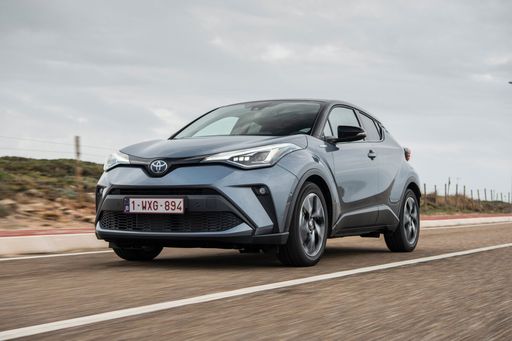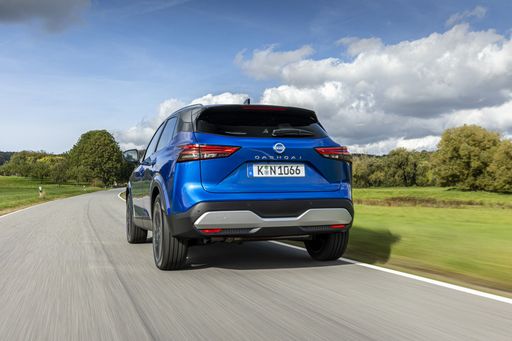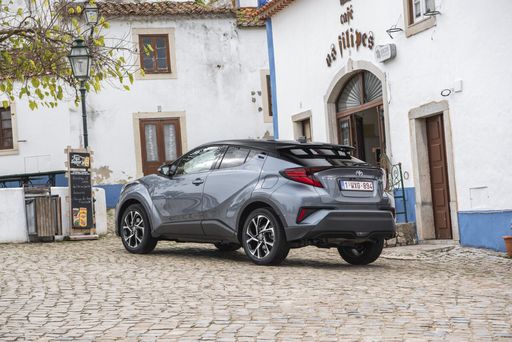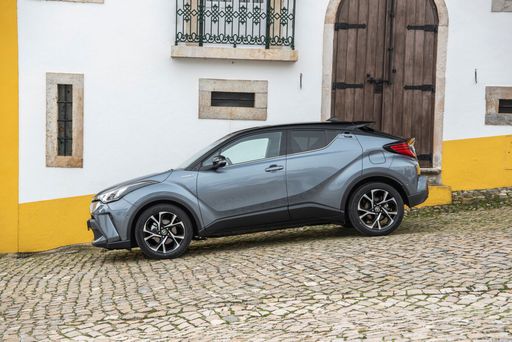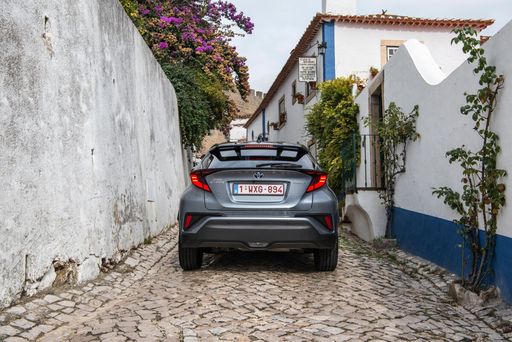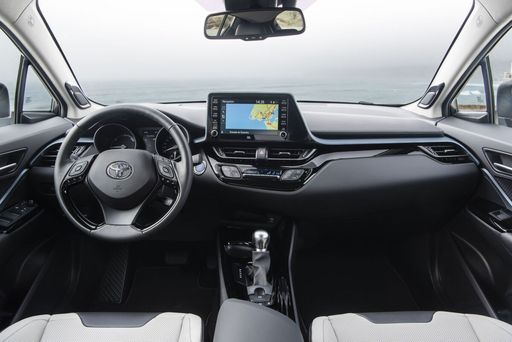Powertrains and Performance
Starting with the Nissan Qashqai, it boasts a range of powertrains that cater to different driving preferences. Customers can choose from petrol mild-hybrid and full hybrid options. The engine lineup includes 1.3-liter and 1.5-liter units, producing between 140 and 190 horsepower. Notably, the Qashqai offers both front-wheel and all-wheel-drive configurations, providing versatility for various terrains and weather conditions.
In terms of performance, the Qashqai achieves an acceleration of 0-100 km/h in as little as 7.9 seconds, with a top speed of 206 km/h. The fuel consumption ranges from 5.1 to 6.8 L/100km, which is competitive for a vehicle in this segment.
On the other hand, the Toyota C-HR focuses on hybrid technology, with a full hybrid and a plug-in hybrid option that includes a 1.8-liter engine and a more powerful 2.0-liter engine option that delivers up to 197 horsepower. Its acceleration times are equally impressive, with a swift 7.4 seconds from 0-100 km/h. However, the top speed is slightly lower than that of the Qashqai, capping at 180 km/h. Remarkably, the hybrid variants offer an astonishing fuel consumption rate, as low as 0.8 L/100km when considering electric-only driving.

